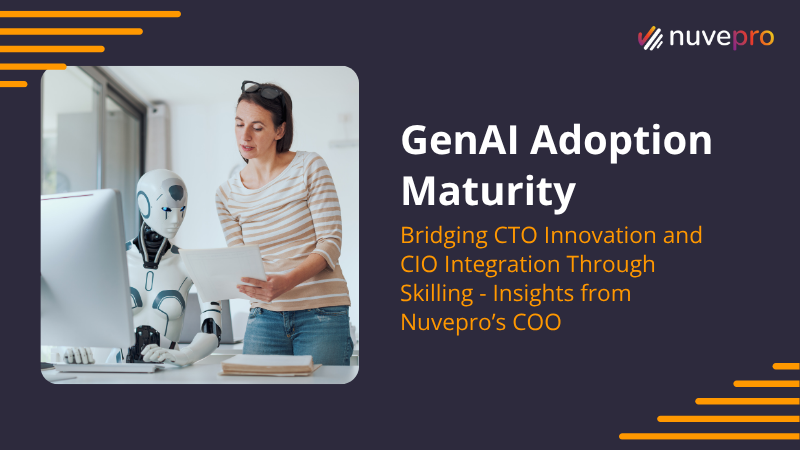“I hear and I forget. I see and I remember. I do, and I understand. ” — Confucius
It’s intriguing to think about how ancient philosophers came up with such complex theories, thoughts, and philosophies. This is because they had no access to modern conveniences like computers or the internet, only the thought process. Experiential learning, in which doing rather than reading or hearing is often more effective, has its roots in antiquity.
Rather than just consuming all the knowledge available, people preferred to gain it through hands-on experience, which was seen as the most efficient technique.
I’m certain you already have a solid grasp on what experiential learning entails (as almost all learning is experiential in some form), but I’ll dive into some more detail here, covering topics like why organizations have found success with experiential learning and how you can use it in your learning processes.
What Does “Workplace Experiential Learning” Entail?
A person’s disposition toward learning improves when they participate in experiential learning. As a result, there will be more self-directed learners, and a significant amount of information and skills will be transferred to the workplace. Incorporating it into corporate training programs enhances learning and becomes increasingly valuable.
Even the most effective training program spends about 25% of its time giving the learner information. The remaining 75 % of the time should be spent giving them opportunities to put what they have learned into practice. And if your program doesn’t measure up to this, you’re missing out on some of the most valuable aspects of experiential learning.
One primary difference can be drawn between academic and experiential learning. The benefit is that the learner gains more “real-world” experience.
The Value of Experiential Learning for Workforce Development
- It encourages employee participation.
- facilitates future planning by providing a window of opportunity
- It is feasible from a monetary standpoint
- It is capable of catering to a variety of workforce learning methods.
The modern workplace is constantly evolving, and employees must be able to adapt to changes to remain productive. When it comes to training employees to meet the increasing expectations of an organization, nothing beats hands-on experience. Employees can gain hands-on experience that can be applied to their current work tasks.
Through experiential learning, employees can gain hands-on experience that can be applied to their current work tasks. Learning this type of skill enables workers to get a better understanding of what their responsibilities are and how they can contribute to the success of their organization if they choose this path. As a result, it can also be a valuable tool for identifying areas where employees need additional training or development as a result of their experience.
Investing in experiential learning as a method of training employees can boost an organization’s effectiveness and output. According to research on this subject conducted in the workplace, employees who take part in experiential learning tend to be more invested in their professions and more satisfied with their careers. Furthermore, it has been found that these employees are more likely to stay with their employers for a longer period.
Final Thoughts
An experiential learning approach is a useful tool for strengthening the abilities of a workforce, and it can also assist enterprises in achieving enhanced operational efficiency. Organizations like Nuvepro use experiential platforms to enhance the skillsets of the corporate workforce.
It helps employees develop job skills and improve performance. This article should help you incorporate experiential learning into corporate training. The method of experiential learning enables learners to gain knowledge and skills from their own experiences rather than through conventional training programs.
Experiential learning involves hands-on, interactive tasks and is more successful than traditional learning methods and is more apt in providing a base for a stronger prospective workforce.




